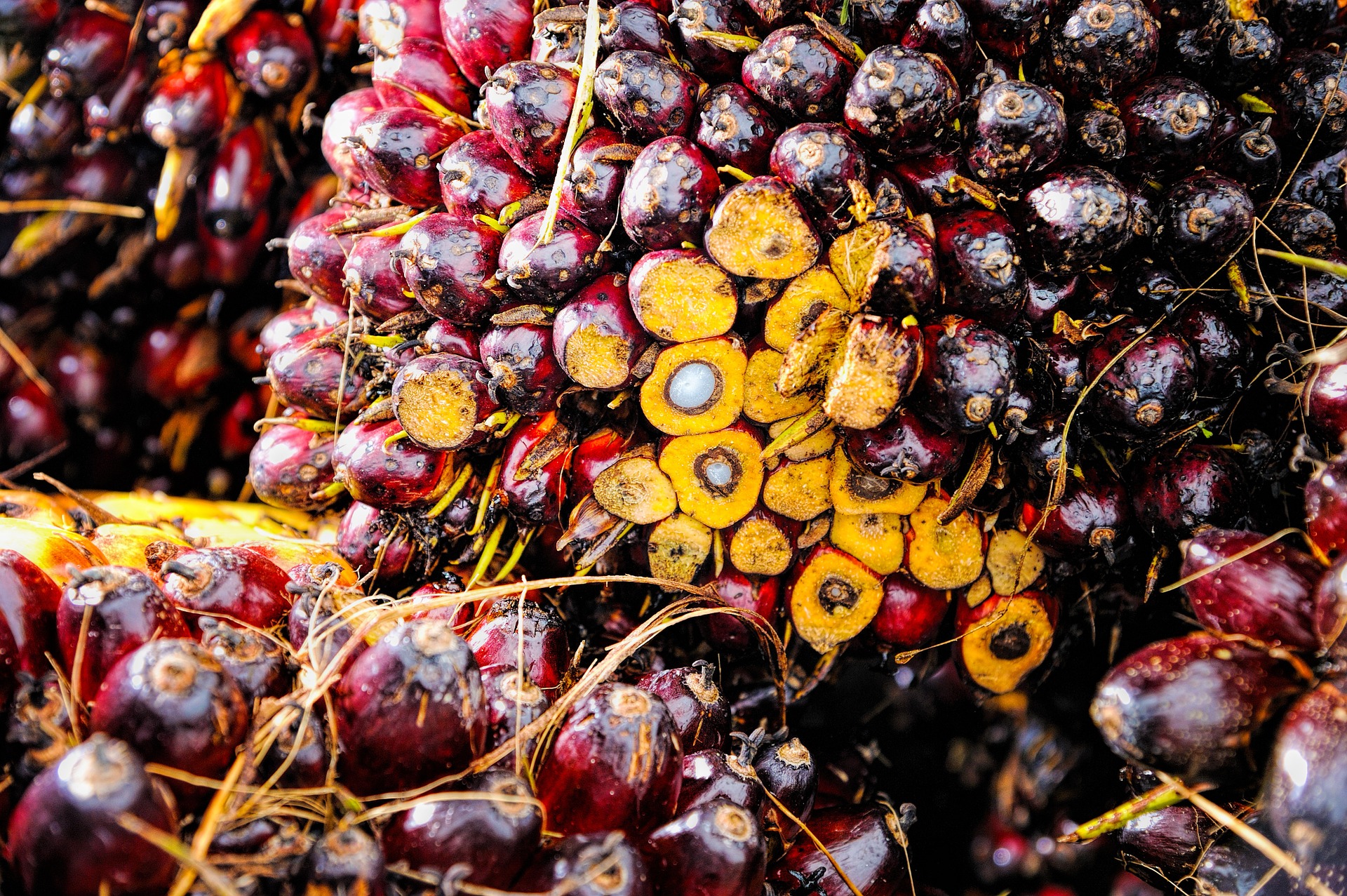
The consequences of palm oil’s expansion has again hit the headlines with the ‘banning’ of the United Kingdom’s frozen-foods-chain Iceland’s thought-provoking, animated Christmas ‘advert’ that highlights the plight of the Orangutan as their rainforest homes make way for oil-palm plantations.
Clearly there are those who believe that targeting consumers can make a difference. Apparently, it was expected that the advert would not be transmissible on British television because it was originally made by Greenpeace and, thus, is deemed ‘political’ in origin.Whether by design or by accident, the advert has now reached a global audience by social media. What is the story with palm oil?
The growth of palm oil sector
In 1961, when FAO records began, global palm oil production was just under 1.5 million tonnes per year. By 1980 it was five million tonnes. Production doubled over the next decade, again in the 1990’s and again in the 2000’s. Palm oil production increased from 11 million tonnes in 1990 to over 45 million in 2010. The most recent FAO measurement was in 2014 at 57 million tonnes but other sources suggest that production in 2017 was already close to 70 million tonnes. As more oil palm plantations mature, this will likely rise further still. What is this mass of palm oil used for?
Indonesia and Malaysia are the main producers, at 29 and 20 million tonnes in 2014 respectively (FAO). The Indonesian islands of Sumatra and Borneo have borne the brunt of this production increase. The crop is also widely grown across the islands of South-East Asia and the tropical regions of Africa and South America. Crucially, palm oil plantations are most frequently established in tropics areas, with vast swathes of rainforest cut down to make room.
Back in 1960 the oil palm was an obscure crop grown by plantation owners in South East Asia. At the front of oil palm development was Harrison and Crosfield with its Golden Hope plantations in Malaysia and later its London Sumatra operation in Indonesia. Although the industry’s development had been strongly supported by local governments, recent expansion has been driven by privately-owned companies.
According to Palm Oil Analytics the world’s largest producer (by area) has over 970,000 cultivated hectares. There are eight players with over 200,000 hectares each. Only eleven companies cumulatively produced more than 600,000 tonnes of crude palm oil in 2017. These are major agribusinesses
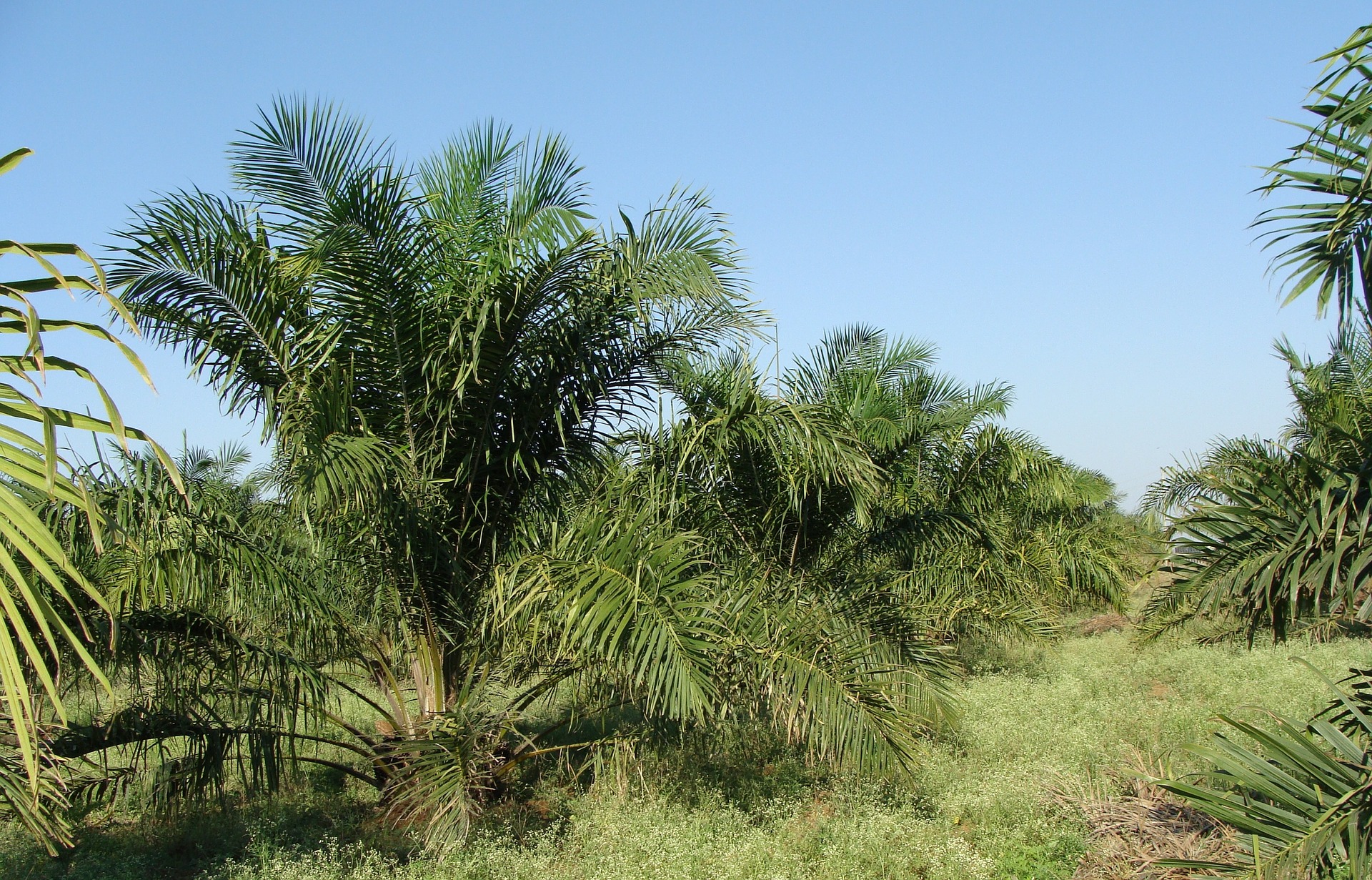
Palm oil’s importance within the fats and oils market
In 1960, the global production of animal fats and vegetable oils was circa 29 million tonnes. By 1980 this had doubled to about 58 million tonnes. By 2014 it was 196 million tonnes.
In 1961, 59% of all fats and oils were of plant origin. In 2014 this figure was at 88% as global vegetable oil production rose ten-fold from 17 to 173 million tonnes. In contrast, animal fats production barely doubled over the period from 11.9 to 23.6 million tonnes.
The World’s population has grown from 3.1 to 7.3 billion over the same period. Even accounting for such growth, the availability of fats and oils per capita has risen from 9.5 to 26.8 kg/person.
Globally we are using far more fats and oils than ever before, albeit not solely as a food. This growth has been entirely due to increased usage of vegetable oils from 5.6 to 23.7 kg per capita. The use of animal fats has actually fallen from 3.9 to 3.1 kg per person.
Around 1960 palm oil was ranked 10th on the 12-strong list of major fats and oils. The five-year average for total global production of these fats and oils was 29.16 million tonnes. Top of the list was butter followed by tallow, soybean oil and lard.
Of the major oils, palm oil production rose from 0.5 kg/capita in 1960 to 7.9 kg in 2014. For soybean oil the figures were 1.0 kg and 6.3 kg and for rapeseed oil, 0.4 kg and 3.6 kg respectively. In contrast, olive oil production has remained a ‘static’ 0.4 kg per person.

Palm oil’s global trade and primary usage
In 2016, 42.1 million tonnes of palm oil were exported globally with Indonesia exporting 22.8 million tonnes and Malaysia 13.8 million. The two countries accounted for 87% of exports.
In 2014, India was the main importer of palm oil (c.20%) while South Asia as a whole accounted for 13 million tonnes (c.30%), up from 2.4 million in 1996. The EU imported a little under nine million tonnes, up from just over two million in tonnes in 1996, and China 4.5 million, falling from a 6.5 million tonne peak in 2012. The Chinese decline is explained by a switch from importing oils to importing soybeans for processing.
Palm oil is often used in lower-income countries as a cooking oil. Elsewhere it is a highly versatile oil for the food industry. Health scares around the trans-fats that had been developed as the room-temperature-solid alternative to animal fats boosted palm oil popularity. With the continuing ‘demonization’ of animal fats, the use of palm oil in food products took off.
In the EU, palm oil has become ubiquitous with processed foods. However, according to transportenvironment.org, citing data from Oilworld, “since the introduction of an EU law to promote biofuels in 2009, palm oil used to make biofuel has steadily increased from 825,000 tonnes in 2008 to 3.9 million tonnes in 2017. The use of palm oil for biodiesel dwarfs palm oil use in other products such as cookies, chocolate spreads, shampoo or lipsticks”. In the EU, biofuel is the elephant in the room.
Increasing concerns over deforestation and climate change have pressured EU legislators to end their use of palm oil due. It is now likely that food-based biofuels will not now be incentivised in the EU and they will eventually be phased out altogether, probably by 2030.
A major user of palm oil is Indonesia itself. Its domestic market accounts for some nine million tonnes a year of which 30% is used for biofuel. Palm Oil Analytica data gives a 2017 biodiesel figure of 2.8 million tonnes, albeit domestic biodiesel production capacity is now over 7.5 million tonnes. Hence, if Indonesia seeks to follow a ‘green’ fuels policy based upon palm oil as a feedstock, it has plenty of biofuels productive capacity to use further palm oil, regardless of what happens in the EU.
Plant-based biofuels provide a very graphic example of what can happen when one objective is pursued – in this case GHG emissions reductions from fossil fuels – without fully comprehending the broader impacts that will have upon our natural resources.
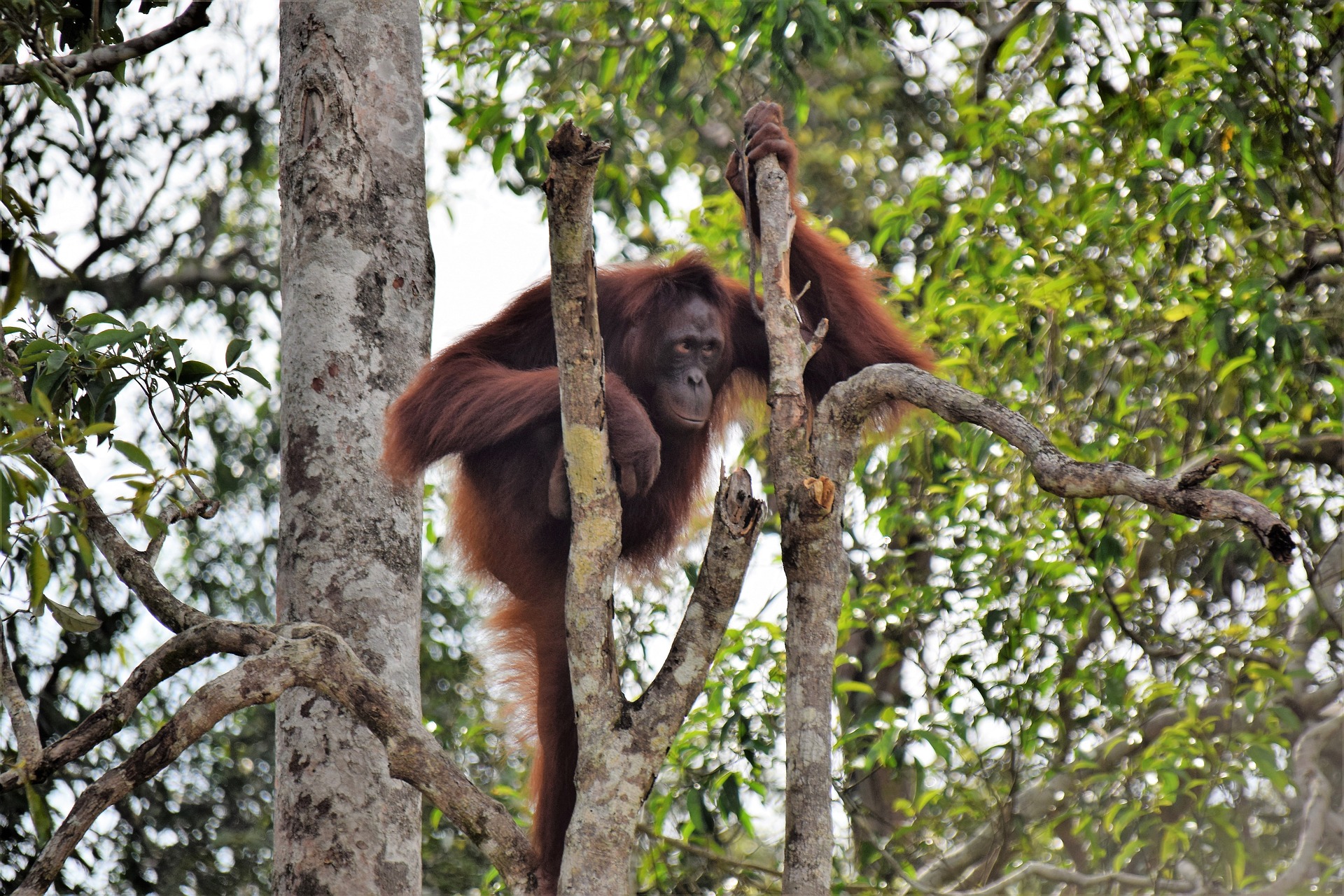
Should we be producing palm oil at all?
There are palm oil advocates who state that palm oil is actually greener than most other oils; it is after all much more productive per hectare than soybean or rapeseed. It is also a permanent crop that does not require carbon-releasing annual cultivation. It should also not be overlooked that oil palm is a major employer, not least because the crop is not easily mechanized.
Increasing public fears about deforestation focus is on its release of GHG’s and the habitat and biodiversity loss it entails. There are, however, also broader resource issues to consider. Artificial nitrogen fertilizers are fossil fuel based and their application involves emission into the air and leakage into the aquatic environment. Further, there is the concept of ‘peak potash’ to consider. Potash fertilizers are mined and finite. The oil palm requires significant applications of potash and so there is a strong correlation between Indonesia’s oil palm expansion and its imports of potash.
Artificial fertilizer usage underpins food production and economic activity wherever it is used. Availability and regulation will, however, limits its use. Determining who gets to use what could be left to the market, but history suggest that the market is failing the environment. Just who should be using, for example, potash, the richest or the most efficient?
And does ‘efficient’ relate to its GHG footprint, its impact upon biodiversity, its environmental pollution or the economic and employment benefits generated?
The oil palm does not produce the significant quantities of animal protein feed ‘by-product’ that soybean and rapeseed does, albeit that residues from palm kernel processing have been significant enough to provide the major feedstock for New Zealand’s dairy sector expansion. Simply, it will be difficult for the human race to continue to devour cheap chicken meat and pork, without a ready supply of soybeans from the Americas. With soya, the question now is whether the oil or the meal is the by-product, or are both primary economic drivers?
Should we give up palm oil and switch to soybean oil or rapeseed oil? Soybean is, however, linked to production expansion into ancient Argentine grasslands and the Brazilian savanna. There is ‘push-back’ into the Amazon. Where palm oil is/has moved into tropical rainforests, with the devastating impact upon orangutan numbers, at the same time the grassland carbon sinks of South America are being drained of their carbon. Neither can continue.
Rapeseed is a temperate alternative, but it is often related to duo-cultural production with wheat. It is associated with biodiversity decline, nitrate pollution and soil degradation. It is also easy to forget that we are focused upon the tropics and South America because we have already mined out the carbon sinks formed under northern temperate grasslands. Likewise, with those soils formed under forests cleared centuries past, with the last probably those of southern Romania just after 1850. We think “what is done is done.” But we can still save the orangutan.
There is no clear answer to the what and where of food production. The issues are complex and rash, knee-jerk policy-making is far from the solution. Biodiesel was one such knee-jerk. If one assesses global production of vegetable oils it is evident that the driver is non-food use. In pursuit of greener energy sources, we are still creating energy with massive externalities, be they from releasing stored carbon, biodiversity loss and extinction, draining of fertilizer reserves and air and water pollution. At present, too many ‘green’ and ‘sustainable’ solutions are far from it.
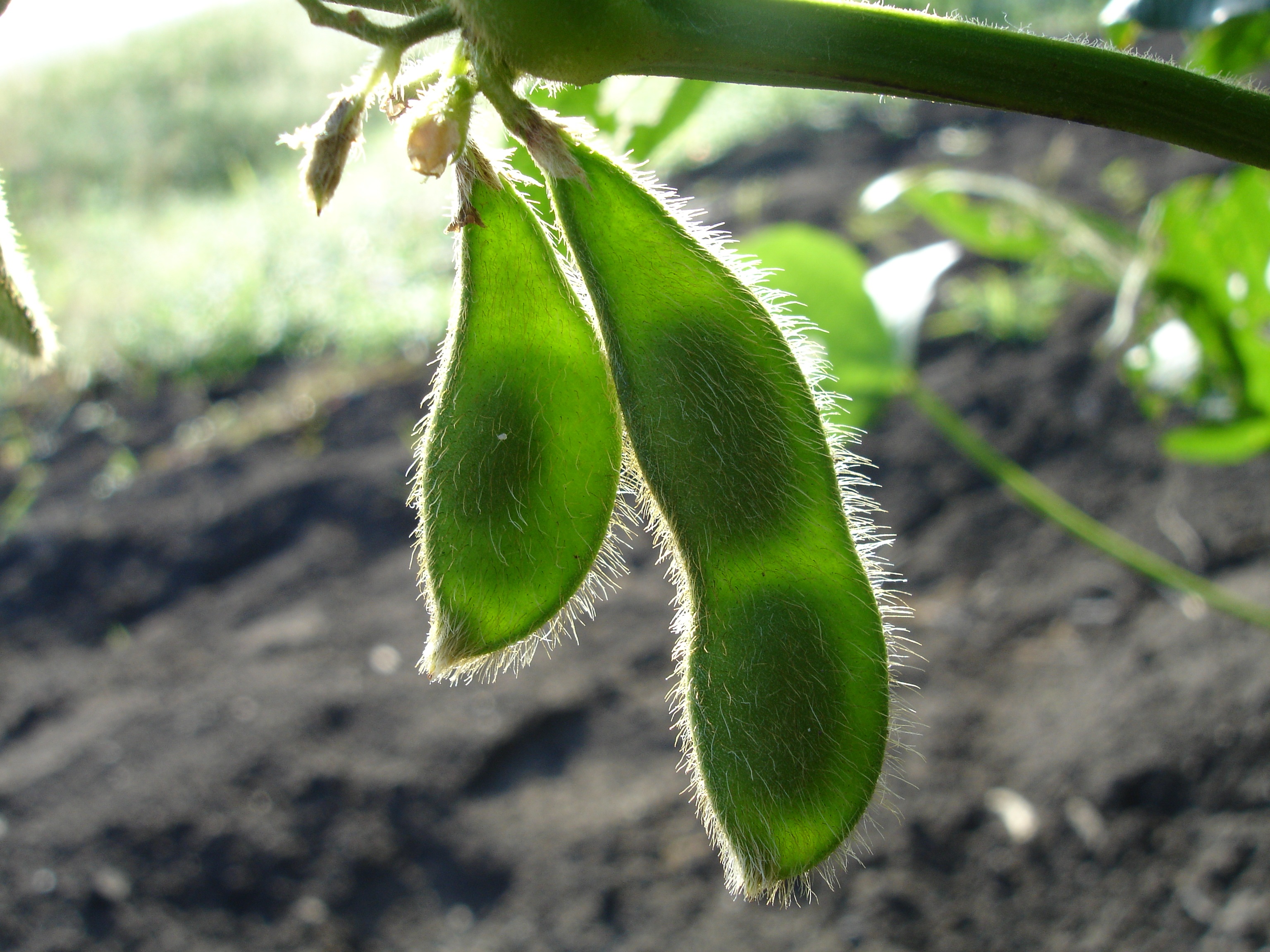
Will eating fewer products containing palm oil help?
The catalyst to writing this article was Iceland’s activities in the UK. Hence, how much palm oil is used in the UK? FAO import data showed that for the 2014-16 period, the UK imported slightly less than 400,000 tonnes per year. This equates to 6 kg per person living in the UK. Despite is apparent ubiquitous presence in processed food products, it is not as high as one might expect.
Interestingly, the UK contrasts with Ireland, a country of 4.7 million people that imports close to 100,000 tonnes. This is nearly 20 kg per person. It is not that the Irish eat more palm-oil-laden foods than the British, it is that its dairy sector is also a palm oil user. One would not expect to see a relationship between an animal-fats based industry and palm oil but scratch below the surface and you will find palm oil is used to replace more valuable milk fats in calf-milk replacer and, in all probability, whole-fat milk powders exported after the dairy fat is replaced with palm oil.
Hence the speculative question, if more palm oil is used in UK-fed calf-milk powder than by Iceland’s food product suppliers in preparing Iceland-branded food products, can Iceland’s move to ban palm-oils inclusion in foods, make much difference?
Or is, as stated earlier, vegetable oil use for biodiesels the real elephant in the room?
Having said the above, one can understand the importance of raising awareness of rainforest clearance for oil palm. Its impact upon climate change and biodiversity loss/extinction are so great that, reasonably, Iceland’s publicity-generating moves are a justifiable end to a means.
The bottom line is that the use of biofuels where production competes for resources, be they land, non-renewable, often polluting, fertilizers, or non-regenerated soil reserves is going beyond the Planetary envelope. Technical, plant-based solutions to substitute fossil fuels consumed directly as fuel, as plastics or as fertilizers are not the answer, changing consumption patterns is.
Worse, there is the erroneous ‘circular’ idea linked to these plant-based solutions. At present, our food systems are far from operating within the bounds of fully-functional nutrient cycles, so exploiting our soil reserves with yet more only partially cyclical, therefore exploitive, plant-growing systems is not going to move us forwards. At best they will only postpone the inevitable.
The threat to the orangutan and to our rainforests, is not caused by consuming palm oil as a food. The bigger picture is that it is about the use of food producing resources for energy production, be it palm or soybean oil for biodiesel or sugar cane or maize as a feedstock for ethanol.
Globally our soils are in decline but the answer is not to slash and burn into our rainforests to replace exhausted soils elsewhere. It is to focus on regenerative food systems that rebuild the soils that we currently have access to. It may even help return some to nature. Importantly, they will allow us to reintegrate food production and biodiversity again within the same space.
For now, we are kidding ourselves that we are being ‘green’ while the reality is that we are still further exploiting our soils and soil carbon reserves by trying to extract more blood from the stone. To avoid changing our energy consumption patterns, we continue to ignore the need to regenerate our food-growing resources. As with fossil fuels and potash fertilizers, our soils, under current management practices, are finite. Apparently, this is a nettle that we do not wish to grasp. But if we do and we accept that we must use our soils for food first, not energy, there will be no need for further deforestation, for palm oil or soya, and we can begin to address the orangutan’s plight.
Data not referenced within the text is from the FAO.




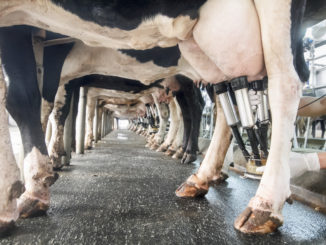
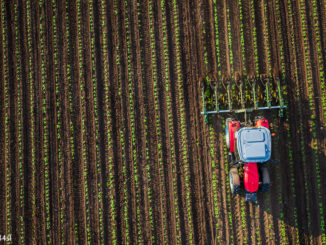
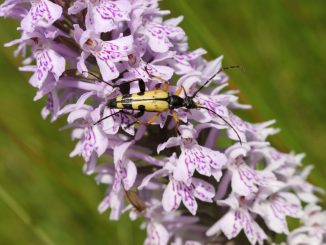
1 Trackback / Pingback
Comments are closed.